In the competitive world of retail, grabbing a shopper's attention and influencing their buying decisions is key. Prime shelf space is important, but placing POP displays in secondary locations can also have a big impact. Strategically placing POP displays in different areas of your store can help attract more customers. Even though prime shelf space is valuable, secondary locations are still remarkably effective for displaying POP materials.
Consider placing POP displays in various locations throughout your store to maximize their impact. These displays, also known as POP Displays, act as silent salespeople, enticing customers with featured products and driving impulse purchases.
REQUEST YOUR CUSTOM POP DISPLAY QUOTE TODAY!
The Power of POP Display Placement in Secondary Locations:
Secondary locations for POP displays can be goldmines for increased sales. Here are some prime spots to consider:
- High-traffic areas: Think walkways, entrances, and checkout lines. These areas expose a captive audience to your products.
- Underused corners: Liven up these dead zones with a strategically placed POP display showcasing seasonal items or special promotions.
- Near complementary products: To encourage add-on purchases, place displays of phone cases near phone chargers or chips near salsa.
Product Density in Point of Purchase Marketing: Striking the Golden Ratio
In the world of retail, every square foot of space needs to work hard to maximize sales. Point-of-purchase (POP) marketing is a strategy used to attract customers and influence their purchasing decisions. It involves placing displays and shelving strategically. This strategy is important for businesses looking to increase sales. By strategically placing these displays, businesses can catch the attention of customers and encourage them to make a purchase. But how much product should you fit into these displays? This is where the concept of product density comes in.
Product density refers to the number of products displayed per square foot of floor space within a POP display or on POP shelving. Finding the right balance is key. Here's why:
Too High: A cluttered display can be overwhelming for shoppers, making it difficult to find specific items and hindering their ability to browse effectively. It can also create a sense of cheapness, potentially detracting from the perceived value of your products.
Too Low: An empty or sparse display lacks visual impact and might not grab attention. It might also lead customers to believe the product is unpopular or discontinued. It also reduced the overall performance of the display as products may not be restocked in a timely manner, if at all.
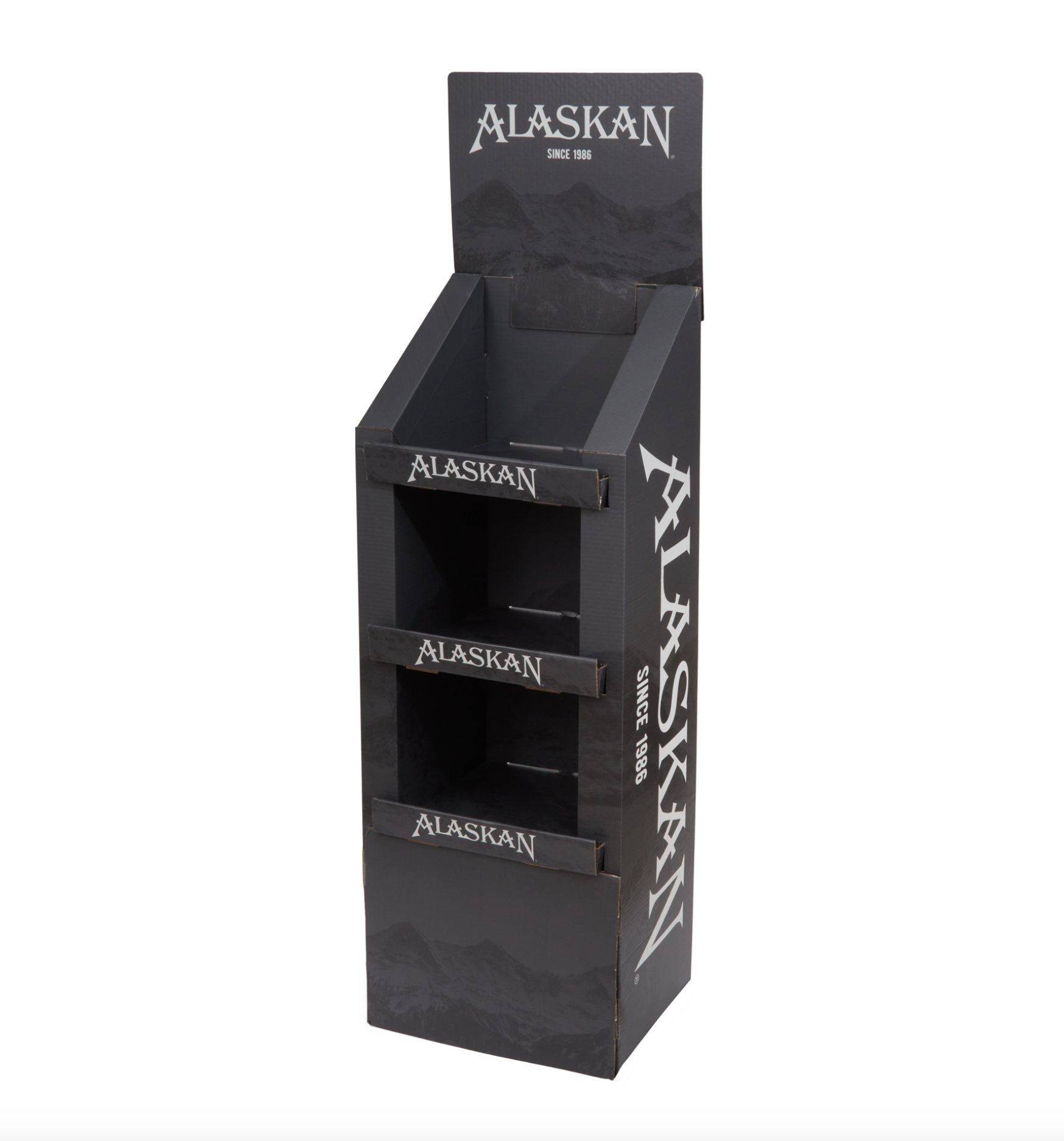

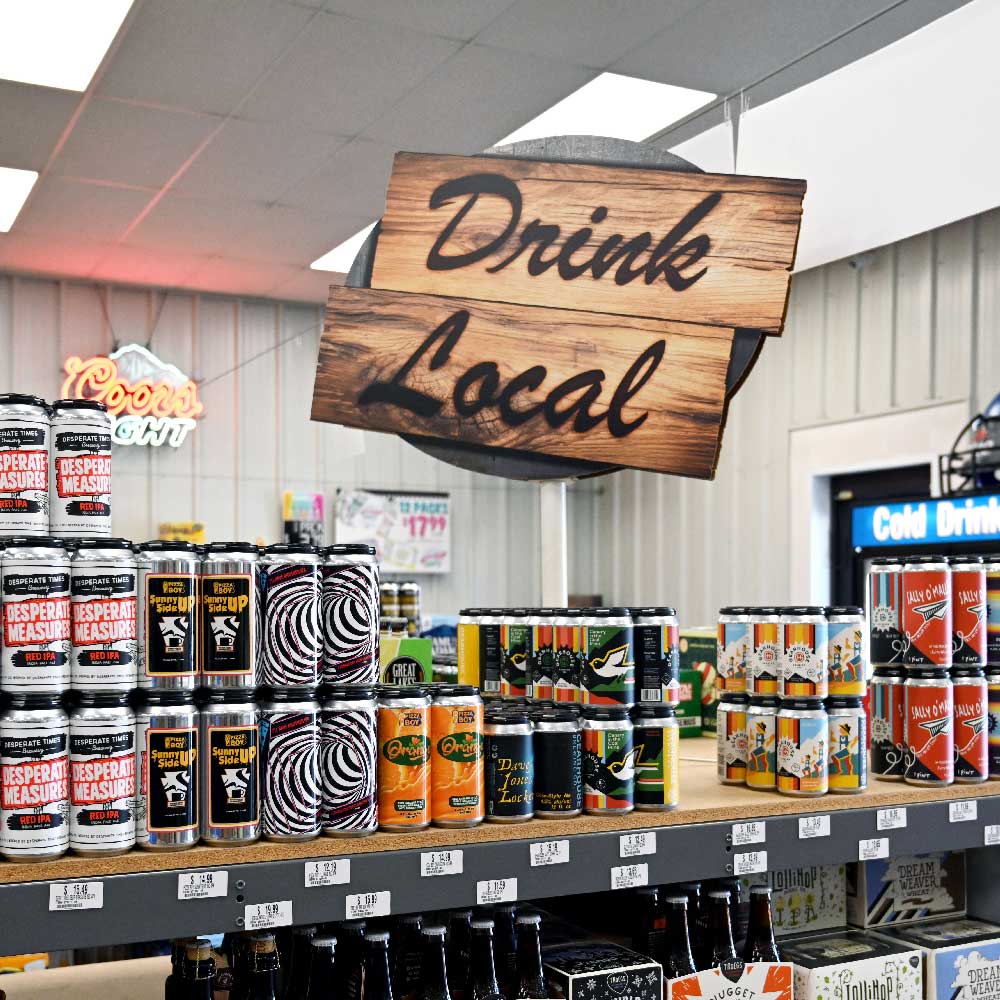

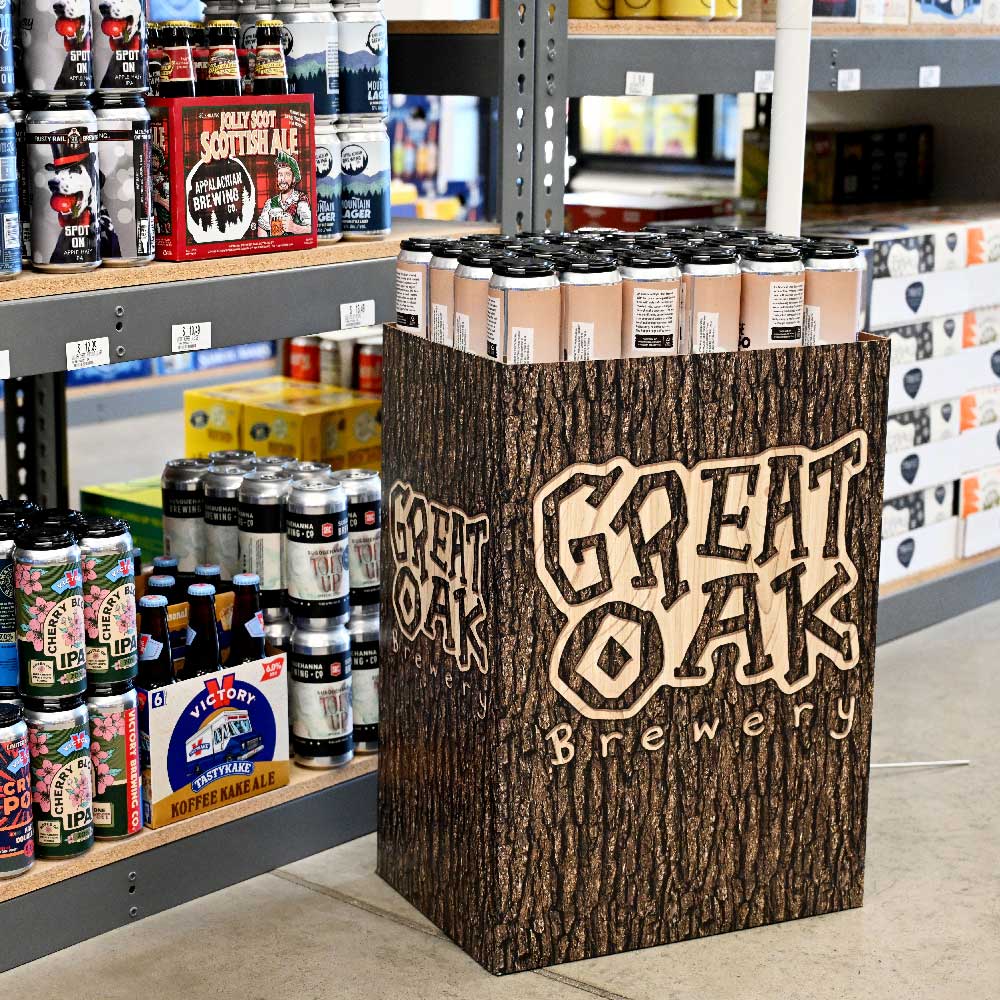

Types of Product Displays at Beistle:
Product Displays and Shelving
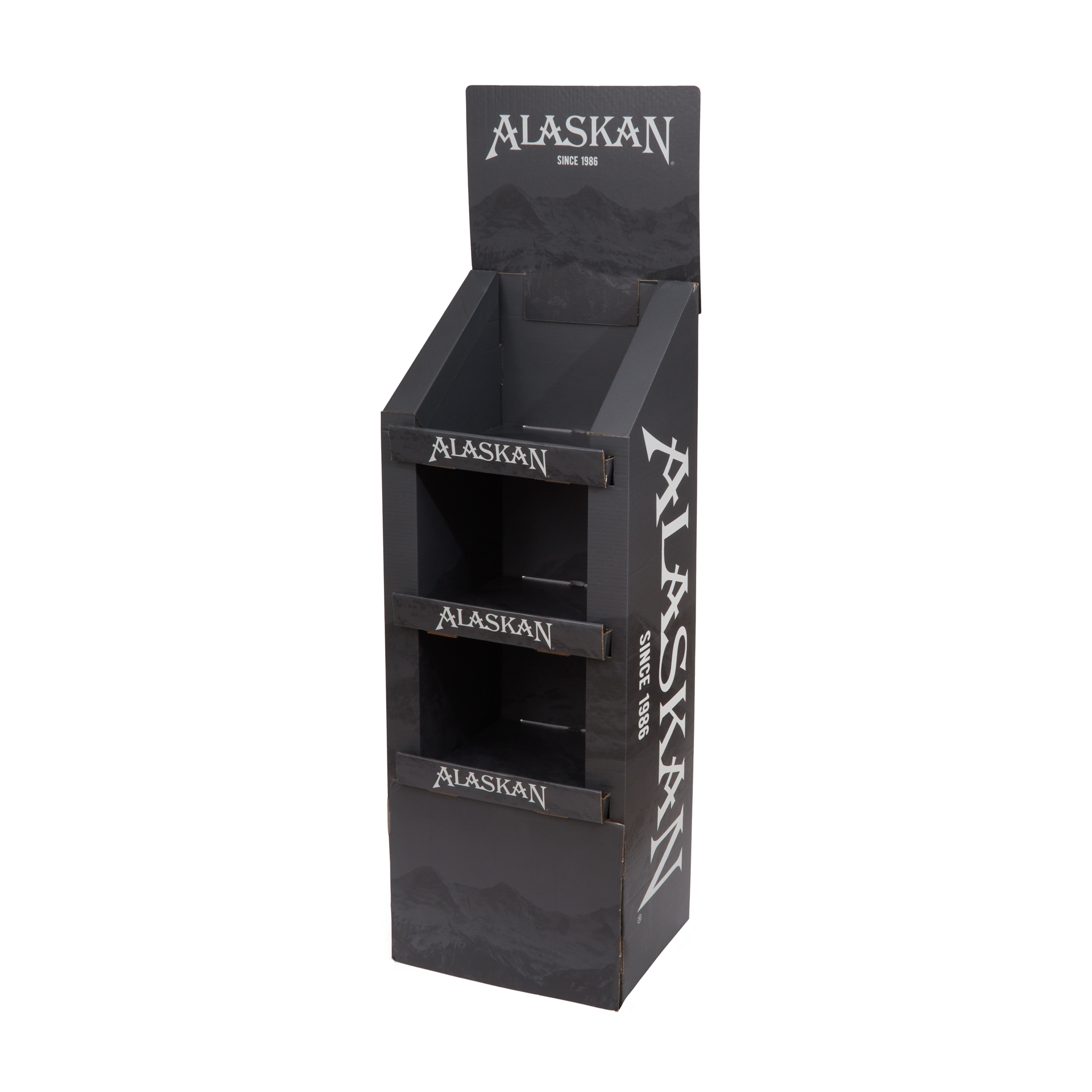

Case Displays
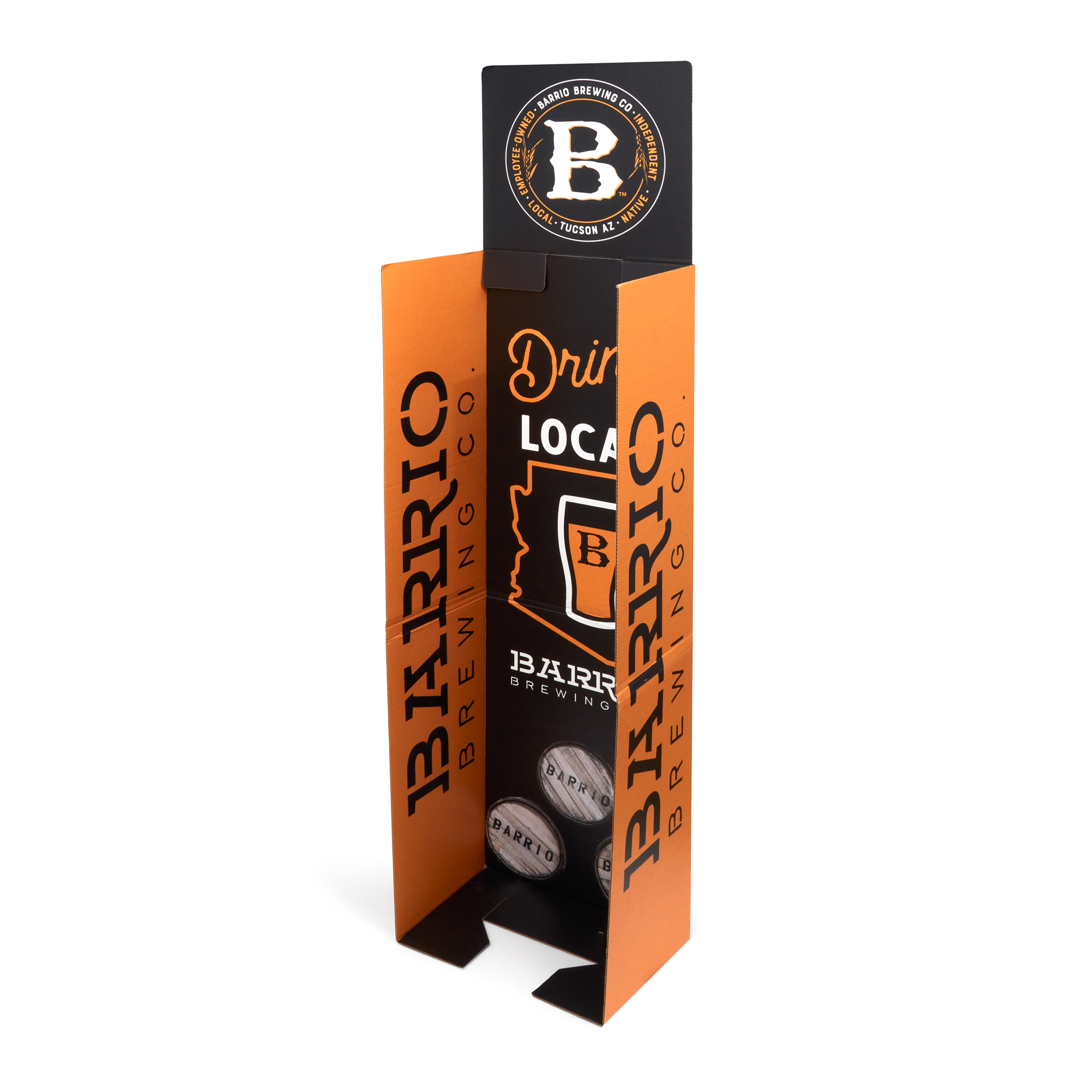

POP Displays and Shelving: Optimizing Product Density for Sales
So, how do POP displays and shelving, help strike the product density sweet spot and drive sales? Here are a few ways:
Highlighting Featured Products: POP displays allow you to showcase specific items with higher product density. This creates a sense of abundance and can stimulate impulse purchases.
Categorization and Hierarchy: POP shelving, with varying shelf heights and compartmentalization, allows for organized product placement. This helps customers find what they need quickly and showcases a wider variety of products efficiently.
Visual Appeal: Well-designed POP displays create a visually appealing focal point, drawing customers in and encouraging them to explore the featured products. This can be achieved through strategic lighting, creative arrangements, and clear product information.
Accessibility: Effective POP displays and shelving ensure products are easy to reach, examine, and potentially test (if applicable). This removes barriers to purchase and encourages customer interaction with the products.
Finding the Perfect Product Density for Your Needs
The ideal product density depends on several factors, including:
- Product Size: Smaller items like candy can handle a higher density, while larger items like TVs need more space between products.
- Target Audience: Impulse buyers might respond well to denser displays, while those seeking specific products might prefer a more organized layout with lower density.
- Product Value: Luxury items often benefit from a lower density to emphasize their exclusivity.
By carefully considering these factors and testing different product density arrangements within your POP displays and shelving, you can create a shopping experience that is both visually appealing and commercially successful. Remember, the goal is to showcase your products effectively, entice customers to explore, and ultimately convert them into buyers.
The Engaging Dump Bin: Another Product Display Option
Dump bins aren't just for bulk candy anymore! Strategically placed and overflowing with enticing products, they encourage impulse buys and product exploration. The perfect combination of product size and product density, a dump bin will entice buyers to rummage for their favorite items. Think outside the box - use them for showcasing seasonal items, clearance products, or product bundles to create a sense of discovery and value.
Additional Considerations for Success
- Alignment with brand identity: Your POP displays should reflect your brand's overall look and feel, reinforcing brand recognition.
- Compelling visuals: High-quality graphics and clear product information are essential to grab attention and communicate value propositions.
- Easy product access: Ensure products are easy to pick up, examine, and, ultimately, purchase.
- Regular refresh: Keep your displays updated with seasonal products, new offerings, and special promotions to maintain customer interest.
By strategically using POP displays and considering product density, you can transform secondary locations into sales-generating powerhouses.
So, unleash your creativity, showcase your products effectively, and watch your profits soar! Reach out to us at Beistle Custom Displays to turn your vision into reality.
